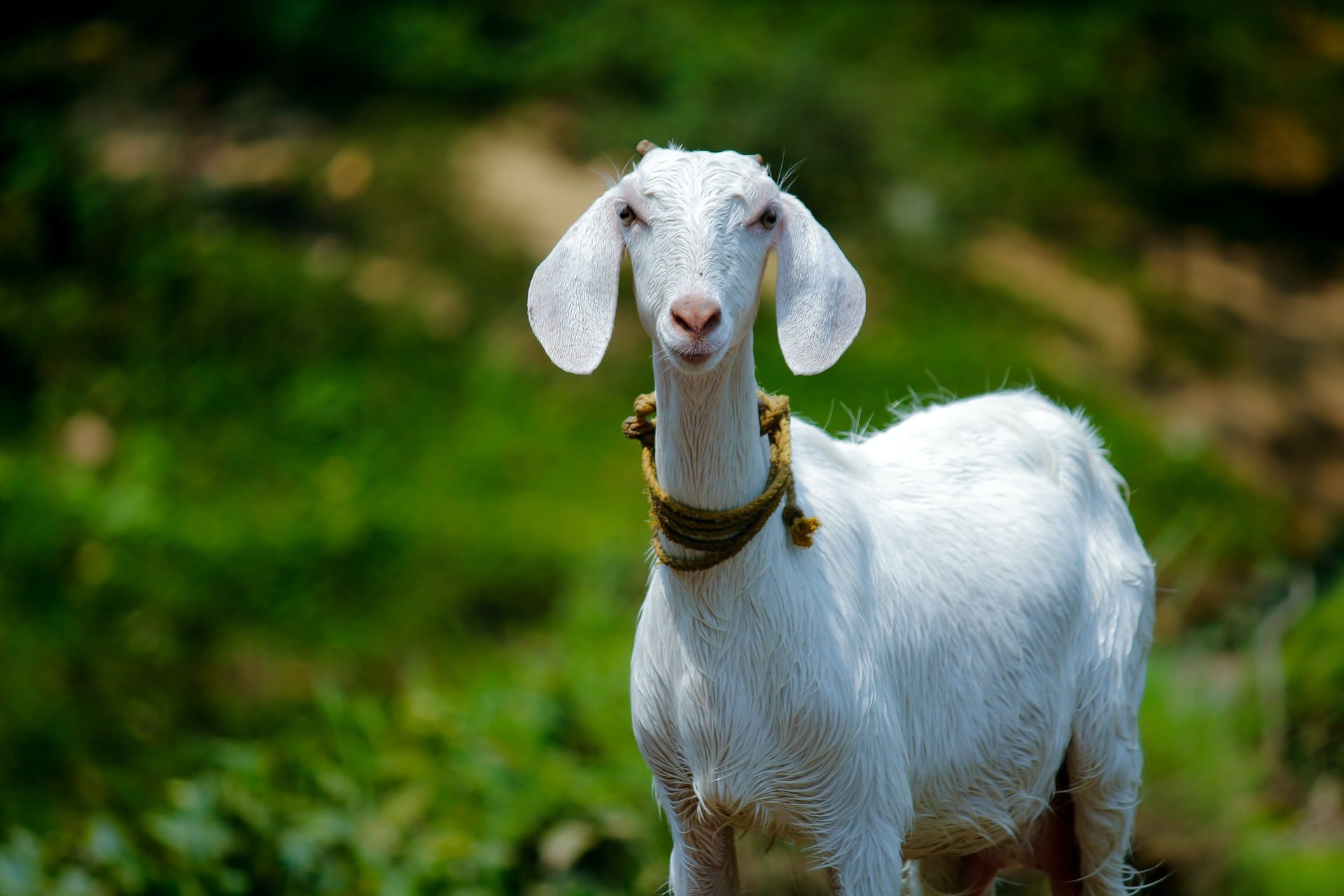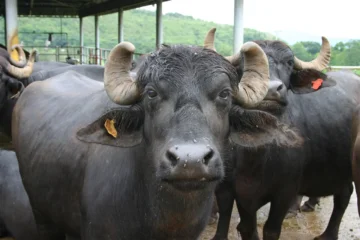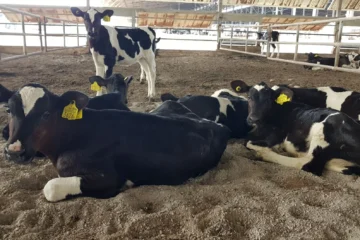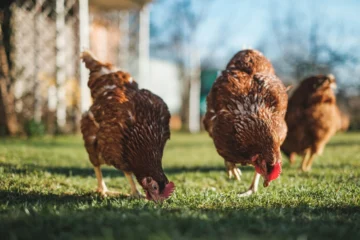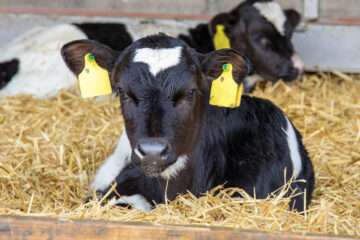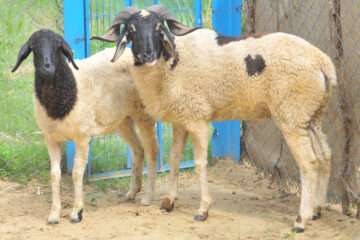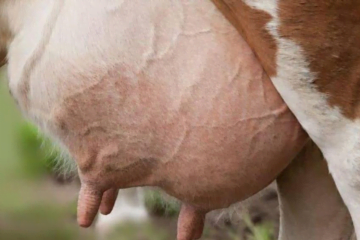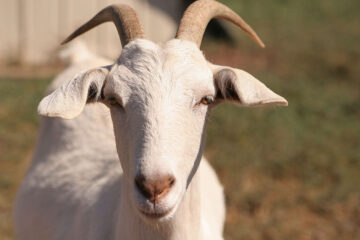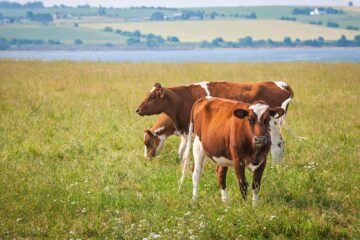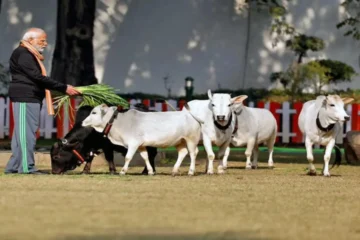Goat farming is a highly profitable venture compared to other livestock farming. Additionally, it provides rural employment and plays a crucial role in poverty alleviation.
In India, goats are often referred to as the poor man’s cow. Goat farming serves as a livelihood for small and marginal farmers and landless laborers. Those unable to rear cows and buffaloes can boost their income by raising goats.
Goats can be reared along roadsides, fallow lands, and hill slopes, requiring minimal space and investment. They thrive on various grasses, herbs, leafy greens, and even plants that other livestock avoid.
For landless agricultural laborers and those living below the poverty line, goat farming provides employment and a steady income, making goats a mobile bank for the poor.
Benefits of Goat Farming
- Low Investment and Maintenance: Goats can be raised with minimal investment and low-cost feed.
- High Productivity: They have a high reproduction rate and efficient feed conversion.
- Popular Meat: Goat meat is preferred by all communities.
- Versatility: Goats can be raised for meat, milk, leather, and manure.
- Prolific Breeders: They can produce 2 to 4 kids per birth and give birth three times in two years.
Selecting Goat Breeds
The choice of breed depends on the farming objective.
- For milk: Jamunapari, Barbari, Beetal, and Talacherry.
- For meat: Jamunapari, Boer, Sirohi, and Talacherry.
- For prolific breeding: Talacherry and Barbari.
- For wool: Angora goats.
In Tamil Nadu, for stall-fed systems aimed at meat production, breeds like Boer, Jamunapari, Talacherry, and Sirohi are suitable.
Breeding Management
Proper breeding management is essential for successful goat farming. Adopting a good breeding policy ensures quality offspring and higher income.
- Sexual Maturity: Females mature at 6-8 months, and males at 8-10 months. However, optimal breeding age is 12-15 months for females and 18 months for males.
- Breeding Season: Typically in May and January, but goats can breed year-round.
- Estrus Cycle: Females come into estrus every 19-21 days, lasting 24-28 hours. Breed them 12-24 hours after estrus onset with a quality buck.
- Buck Ratio: One buck can serve 20-30 does.
Estrus Signs
Estrus signs include frequent bleating, restlessness, tail wagging, decreased appetite, mounting behavior, and swollen vulva with mucus discharge. Bucks should be kept nearby to detect and breed does in estrus.
Pregnancy and Kidding
Goat gestation lasts 145-150 days. Pregnant goats show a noticeable belly enlargement by the second month. Regular morning checks help identify pregnant does.
Kidding signs include restlessness, abdominal contractions, frequent sitting and standing, labored breathing, and pawing the ground. Does usually deliver within an hour of these signs, with kids presenting forelegs first, followed by the head.
Nutrition Management
- Green Fodder: Essential for goats, including cereal fodder crops like CoFS29, maize, millet, and ragi; grass fodder like CO-4 Napier, guinea grass, and kolukkattai grass; and leguminous fodder like cowpea, horse gram, soybeans, and nari payaru. Green fodder provides 5-10% protein.
- Concentrate Feed: Required in addition to fodder, especially for growing kids, pregnant does, and bucks. Feed 100 grams/day for kids, 250 grams/day for adults, and 400 grams/day for bucks.
- Dry Fodder: Includes maize stover, groundnut haulms, horse gram, and nari payaru, which can be stored for use during the dry season.
Health Management
Goats are susceptible to bacterial diseases like pneumonia and tetanus, and viral diseases like PPR, goat pox, and blue tongue. Annual vaccinations before the monsoon and summer seasons are essential.
Vaccination Schedule
- Goat Pox: First at 2 months, then every 6 months.
- PPR: First at 3-4 months, then annually.
- Tetanus: Before kidding.
Deworming
Goats are prone to gastrointestinal worms. Deworming should be done every three months under veterinary guidance, with specific treatments during different seasons to control roundworms, tapeworms, and flukes.
Conclusion
Proper breeding, nutrition, health management, and regular deworming ensure a profitable and sustainable goat farming enterprise.
Dr. V.P. Raghavendran, T. Parthiban, S. Naveen Kumar, Dr. A. Velayutham, Agricultural College and Research Institute, Killikulam, Tirunelveli District.

